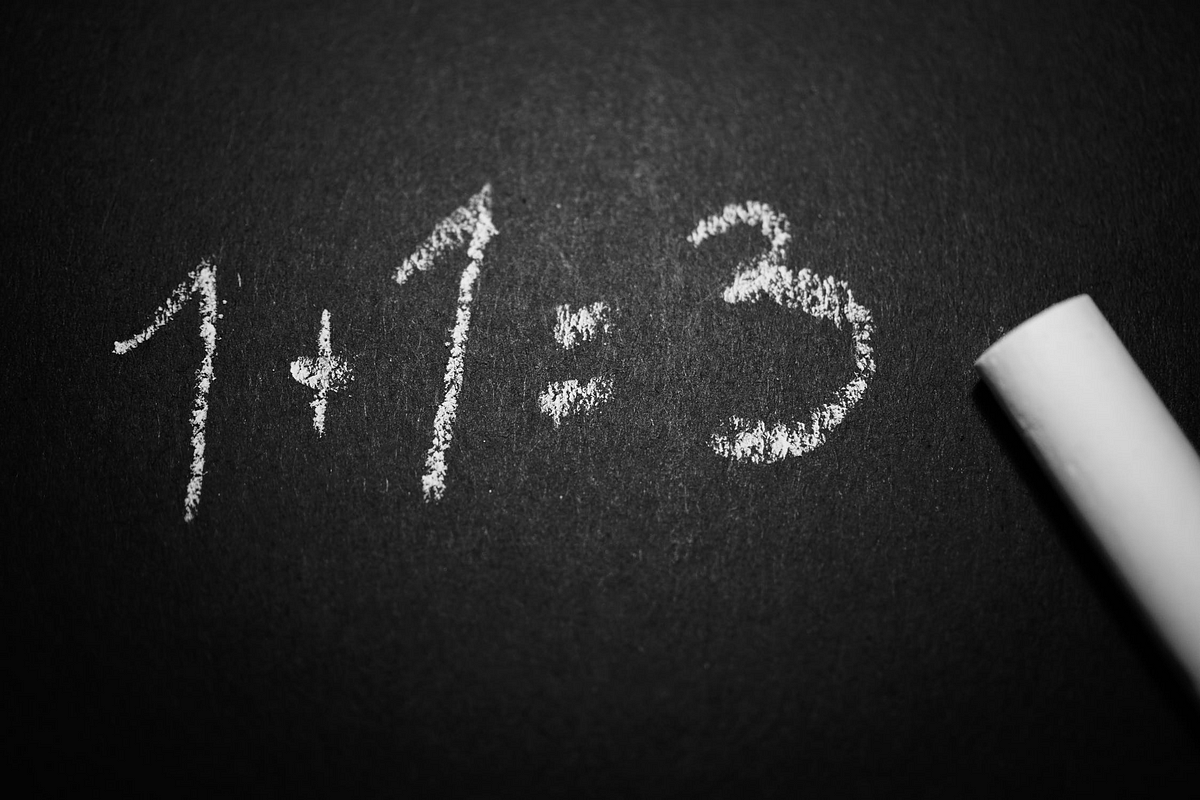
Photo Credit: Mr Cup / Fabien Barral on Unsplash
A Practice for Quieting the Noise of Life and Gaining Focus on What Really Matters
For the past few weeks, I’ve found myself in a bit of a personal and professional crisis. You see, over the past 6 to 7 years, I’ve become quite good at recording and tracking my projects and actions. I’ve done it in various programs and notebooks. I practice ubiquitous capture — making sure I don’t lose what could be the next great idea, or the next thing I need to get done.
But much like a garden variety hoarder — who saves every little thing they believe they might use one day — I’ve become surrounded by projects and actions that quite simply don’t matter. And like that hoarder with a house full of collected trinkets and trash, I simply can’t bear to part with them, so they stay on my list. And the list of projects and actions keeps growing and growing.
And it’s killing me.
Productivity Hoarding and the Mind-Suck
When you have collected numerous projects and tasks in whatever system or list you use, what tends to happen is a kind of mind-suck. Every time you glance at that long list in an effort to figure out what to do next, you freeze, like a deer in headlights. You freeze, get overwhelmed by all that stuff, and you run far away from it. And then the list becomes useless — and even the important stuff in that pile of otherwise useless projects and tasks get ignored. As a result, you become unproductive and feel terrible because of it.
But there is a way out.
Greg McKeown, in an interview on The Art of Charm podcast offers a very helpful practice — one that I’ll call The Hundred Year View. Here’s how he describes it:
Every quarter, someone should hold a personal quarterly off-site. You schedule somewhere between a half a day and a day…and you’re asking all the big questions…what are my 3–5 most important life goals? Actually, I’ve gone even further than that. Sometimes I’m asking what’s my three to five hundred year vision?….What do I want my grandchildren’s life to be like? What do I want their learning to have been? And when I can think in that very, very long term perspective, it helps to distinguish between the vital few and the trivial many…A hundred-year vision really pushes one to think clearly.
There is something both simple and powerful in this practice: transcendence.
In the noise of the day-to-day, or even week-to-week action of life, we tend to narrow our focus to only the immediate or urgent things — what’s in front of us now or what needs to be taken care of very soon. It makes you become reactive (instead of proactive), and you exist as a kind of stimulus/response machine — merely taking the inputs of the world and spitting out your outputs. You lose the intentional, purposeful spirit of a person doing big things over the long term.
Thinking from the viewpoint of a longer timeline — about your grandchildren’s lives, and about your legacy — you come to adopt a different view. The things you thought were big look small — because they are small. It reminds me of a very useful metaphor to help you think from that transcendent hundred-year mindset.
Using the Hundred-Year View: A Quick Exercise
Have you ever gotten on a plane, in a mad rush to get wherever you are going — the stresses and nagging things of your life just nipping at your heels? Then the plane takes off, you can’t have your laptop open, and your devices lose connectivity. It’s just you and your thoughts.
Then, with no devices to buzz at you, you look out the window. As the plane ascends, you can see people walking on sidewalks below, cars zooming quickly on the roads, and all of the activity of daily life. But after about 20 seconds, you are several thousand feet up, and all of the activity of the world below has faded into a peaceful landscape — speckled with clouds and rays of sunlight. Suddenly, things look and feel different. For me at least, my mind goes to different place: I can take that longer view. I can ask the bigger questions — and keep from getting distracted for long enough to really try to answer them.
Since hearing McKeown’s thought about adopting the hundred-year view, I have mixed it in with my takeoff metaphor to fashion a mental exercise to get me back in the right mindset day-to-day. When I have been putting out fires, answering emails, and none of my bigger projects have been getting the attention I know they need, I take a few seconds and do the following exercise:
- Close my eyes.
- Take 3 deep breaths.
- Imagine myself in the airplane, taking off, and looking out the window.
- I ask myself: which of the things I’m stressing about now will have an impact that people still feel 100 years from now?
The answer to that last question is usually “none”. And while I never simply neglect everything that’s not a huge project, it helps me not to worry so much about the little things. It also encourages me to put just a little bit of time into the bigger things — the things that will matter 100 years from now.


























